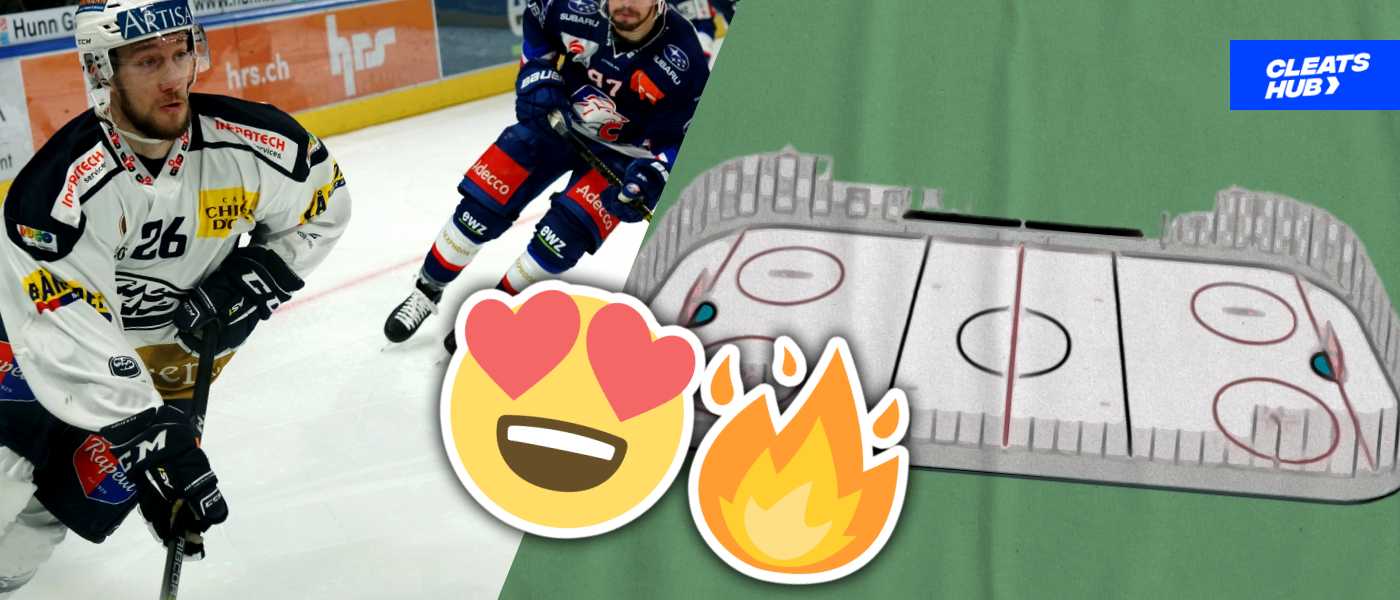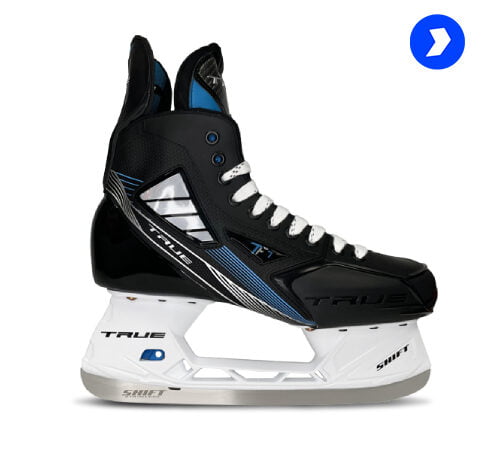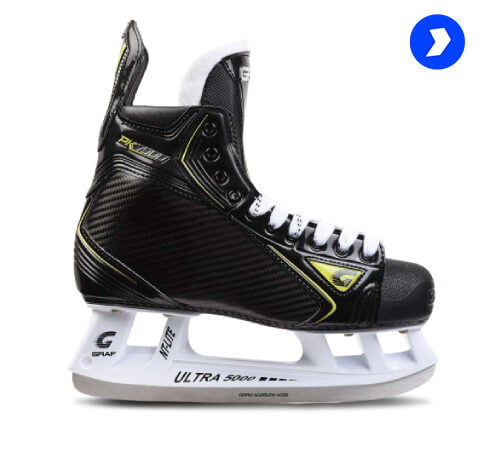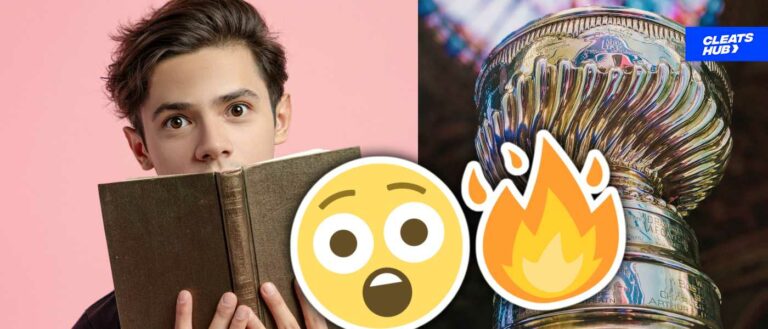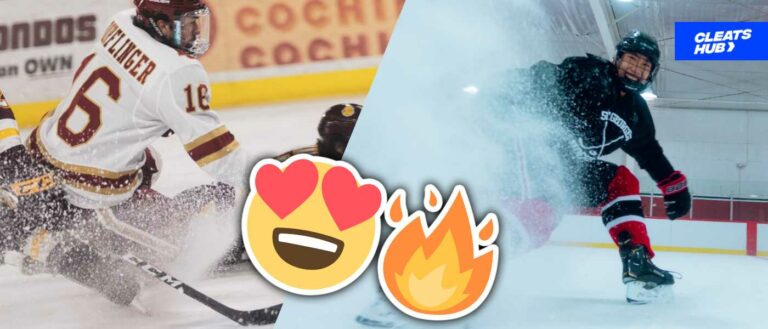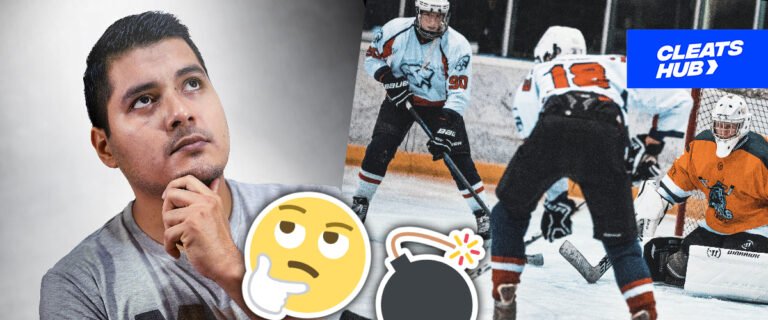What Are The Red Lines In Ice Hockey? Explained
The division of a sports arena or field is a general tradition, and ice hockey is no different. However, in ice hockey, the dividing lines are done more colorfully in contrast to the regular white lines found in other sports. This is where the Red Lines come in…
The dividing lines on an ice hockey arena comprise two main colors: red and blue. A reason for using bright colors for dividing lines is that it is easier to see and recognize. Since ice hockey is played on ice, using white color to draw lines makes it hard to identify even from just a mild distance.
Today we will look at the meaning of the red line in ice hockey, its purpose, and the rules attached to it.
Red Lines In Ice Hockey
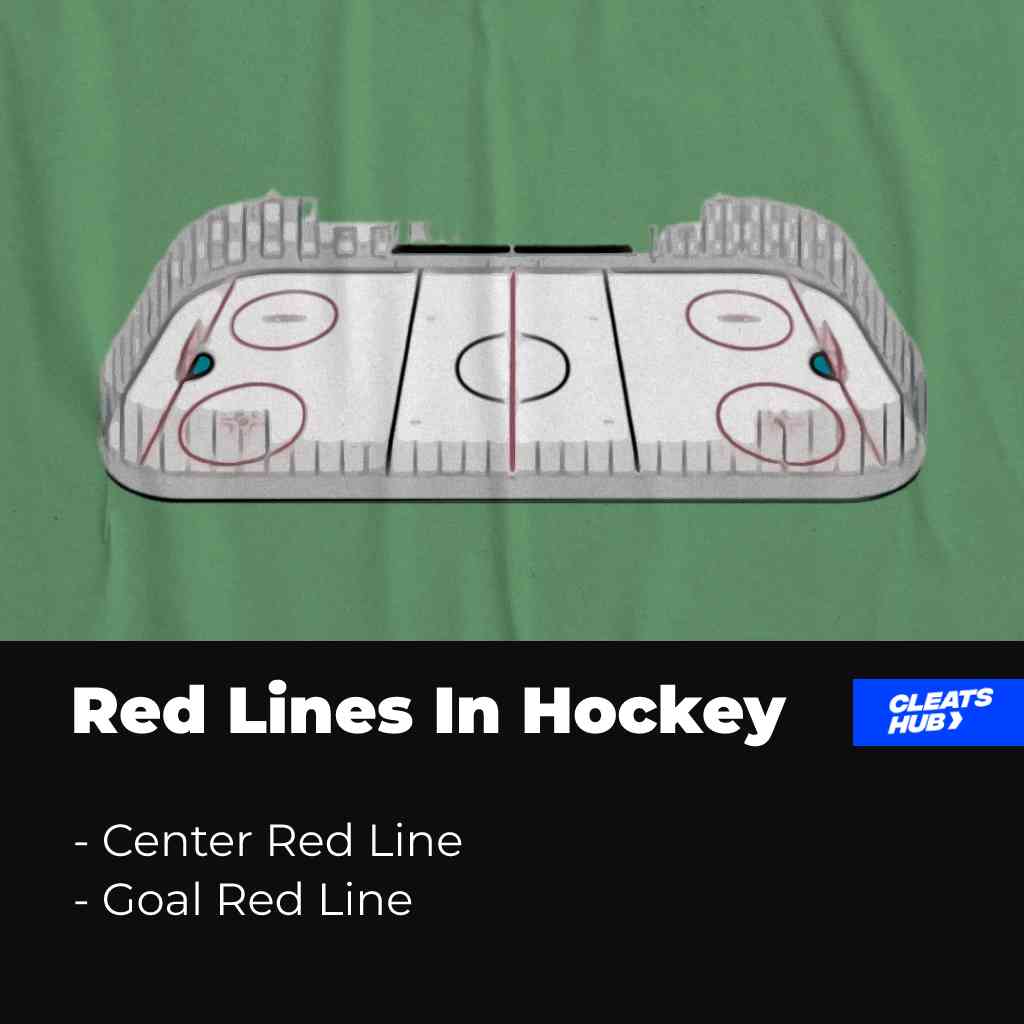
There are three red lines in ice hockey located at different locations. Ice hockey is composed majorly of two colors of lines: red and blue. There are two blue lines in ice hockey and three red lines. But the red lines on an ice hockey rink (the surface where ice hockey is played) can be categorized into the center and goal lines.
Center Red Line
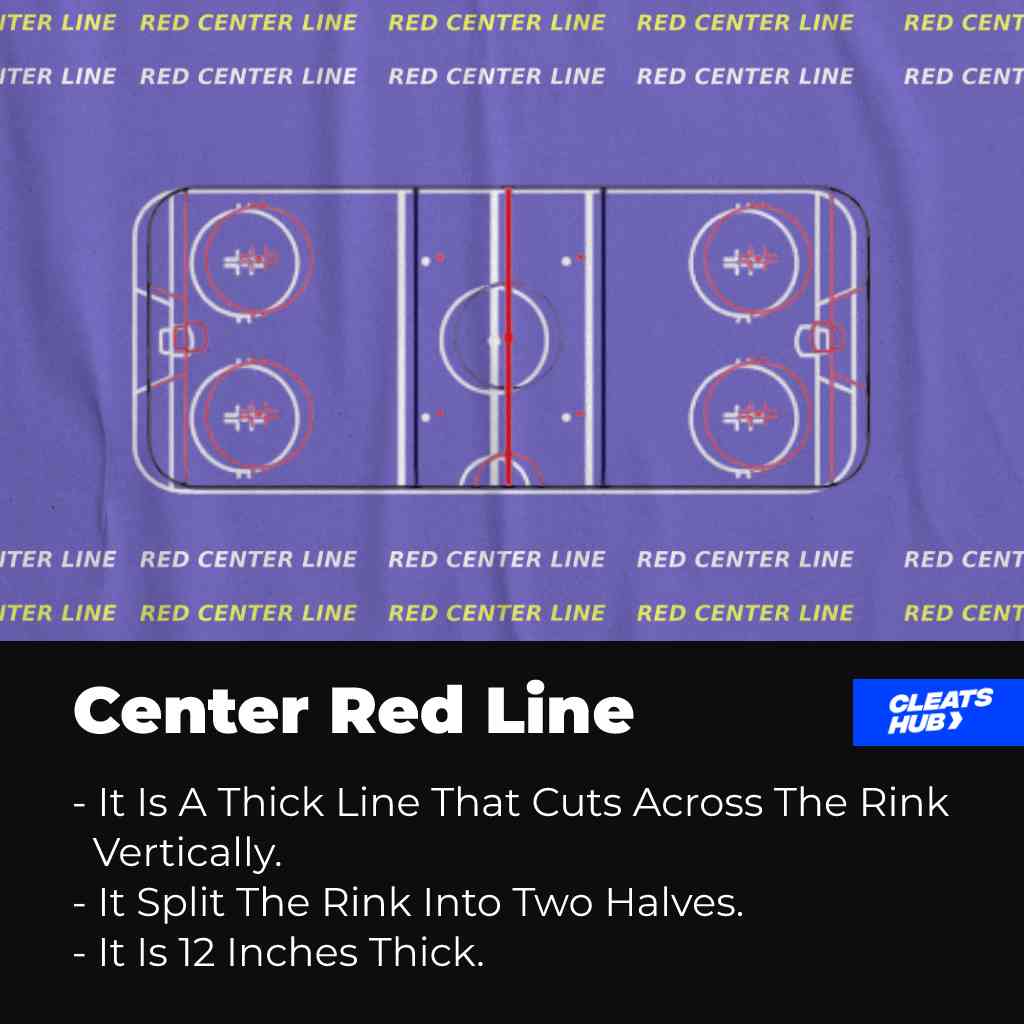
The Center red line is a thick line that cuts across the rink vertically to divide the length into two parts.
For North America, ice hockey rinks are 200 ft long; therefore, the red line divides it into two sections of about 100 ft. But the ice rink of the International Ice Hockey Federation is short by about 3 ft (it is 196.9 ft long).
The red center line is 12 inches thick and stretches across the entire width of an ice rink (85 ft for North America and 98.4 ft for the IIHF).
Goal Red Line
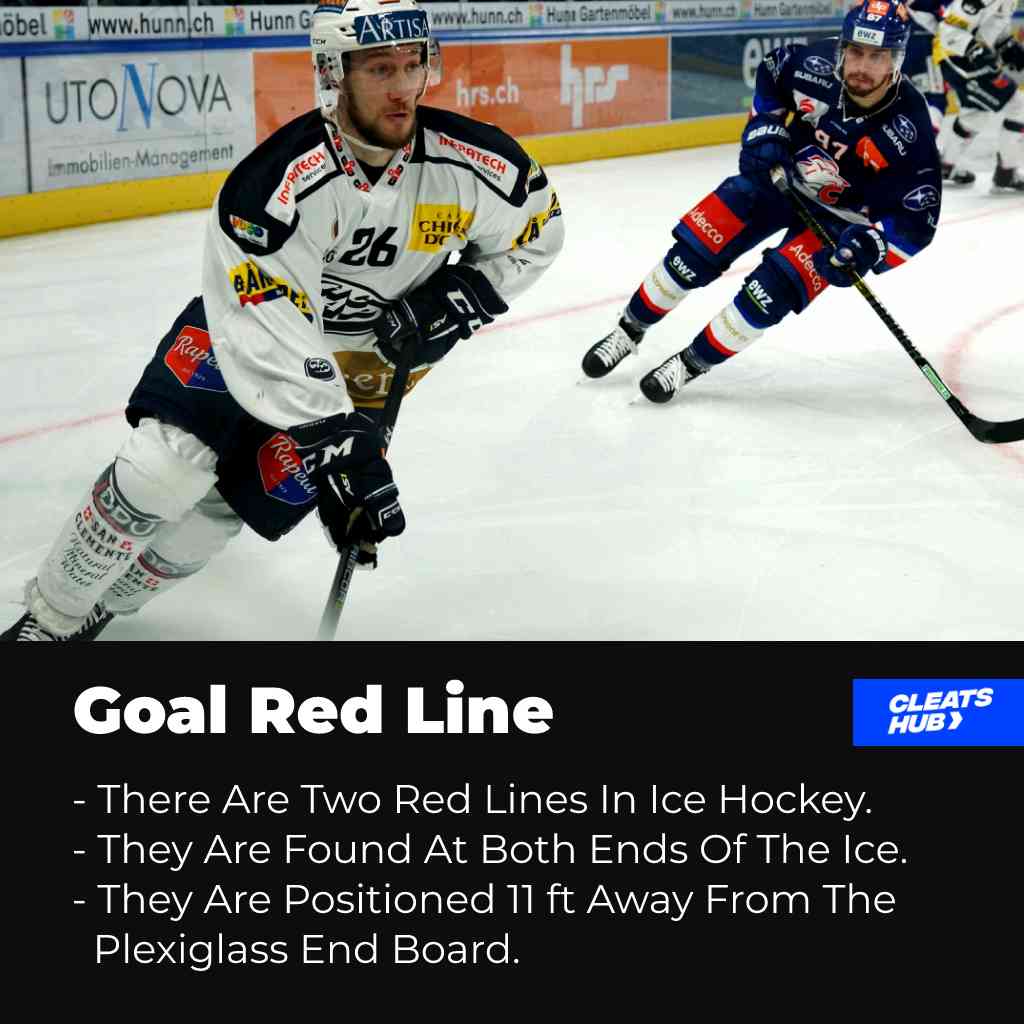
The second set of red lines in ice hockey are the goal lines. The goal lines, just like the center lines, stretch through the entire width of the ice. However, they do this at both ends of the ice.
There are two goal red lines in ice hockey, and they can be found at each end of the ice. They are not to be confused with the goal line that spans across the goal net, but they are an extension of the goal line.
The goal red line begins from one end of the ice, crosses the front of the net to form the goal line, and continues to the other end. The goal red lines are parallel to each other, and the red center line.
In addition, each goal line is positioned 11 ft from the plexiglass board opposite the goal line.
Rules Related To Hockey Red Line

The red lines in ice hockey are associated with some vital game rules. These rules control the order and matter in which the game is played. Three rules that are related to the red lines in ice hockey include:
- Icing
- Trapezoid Rule
- Two-Line Pass
Icing Rule
The icing rule was added to the rule books of the NHL in 1937. However, the red lines were a part of ice hockey until their introduction during the 1943-44 and 1944-45 seasons.
Basically, icing is part of hockey is a situation when a player hits or deflects a puck from his team’s side of the ice, across the center goal line, and past the goal red line of an opposing team without it coming in contact with any player.
The purpose of the icing rule in ice hockey is to reduce boring games full of dump-and-chase (meaning players shoot the puck from one end to the other throughout a game).
The red center line in ice hockey made the icing rule in the game even more effective as it laid a clear system for what is counted as icing.
Trapezoid Rule
The trapezoid rule in ice hockey is also referred to as the Martin Brodeur rule. The trapezoid rule, just like the icing rule, is another initiative from the NHL management to increase the excitement in the game.
This initiative came mostly because of the skill of a certain goalkeeper Martin Brodeur. To read more on why the trapezoid rule was made and its history, read, Trapezoid In Ice Hockey: History, Rules & Penalties.
In summary, the Trapezoid rule states that a goalie cannot handle the puck anywhere at the back of the goal red line except inside the trapezoid at the back of the red line.
Two-Line Pass
A two-line pass is another ice hockey rule related to the red lines in ice hockey.
A two-line pass in ice hockey is an infraction that occurs when a player passes the puck from the defensive blue line and across the red line. In simple terms, it is when a player passes the puck across two lines (first a blue line and then the red center line) to another teammate.
The difference between a two-line pass and the icing rule is that in icing, the puck has to cross the center line and goal red line, but in the two-line pass, it has to cross the blue line and red center line.
Also, two-line pass violations are only called if the receiving player crosses the red center line before the puck. If the puck crosses the center line before the receiving player collects the pass, a violation is not called.
However, this rule was removed from the NHL in the 2005 season. This is because it slowed down the advancement of offensive play, and the NHL is passionate about increasing goals and offensive effort by players.
Conclusion
Now that we have come to the end of this topic, you should know that the lines on the hockey rink are more than just colorful patterns, especially the red lines.
The red lines give meaning to some of the rules in ice hockey and help divide the rink into segments.
Thanks for reading.
Psstt…. The Top Performing Cleats

